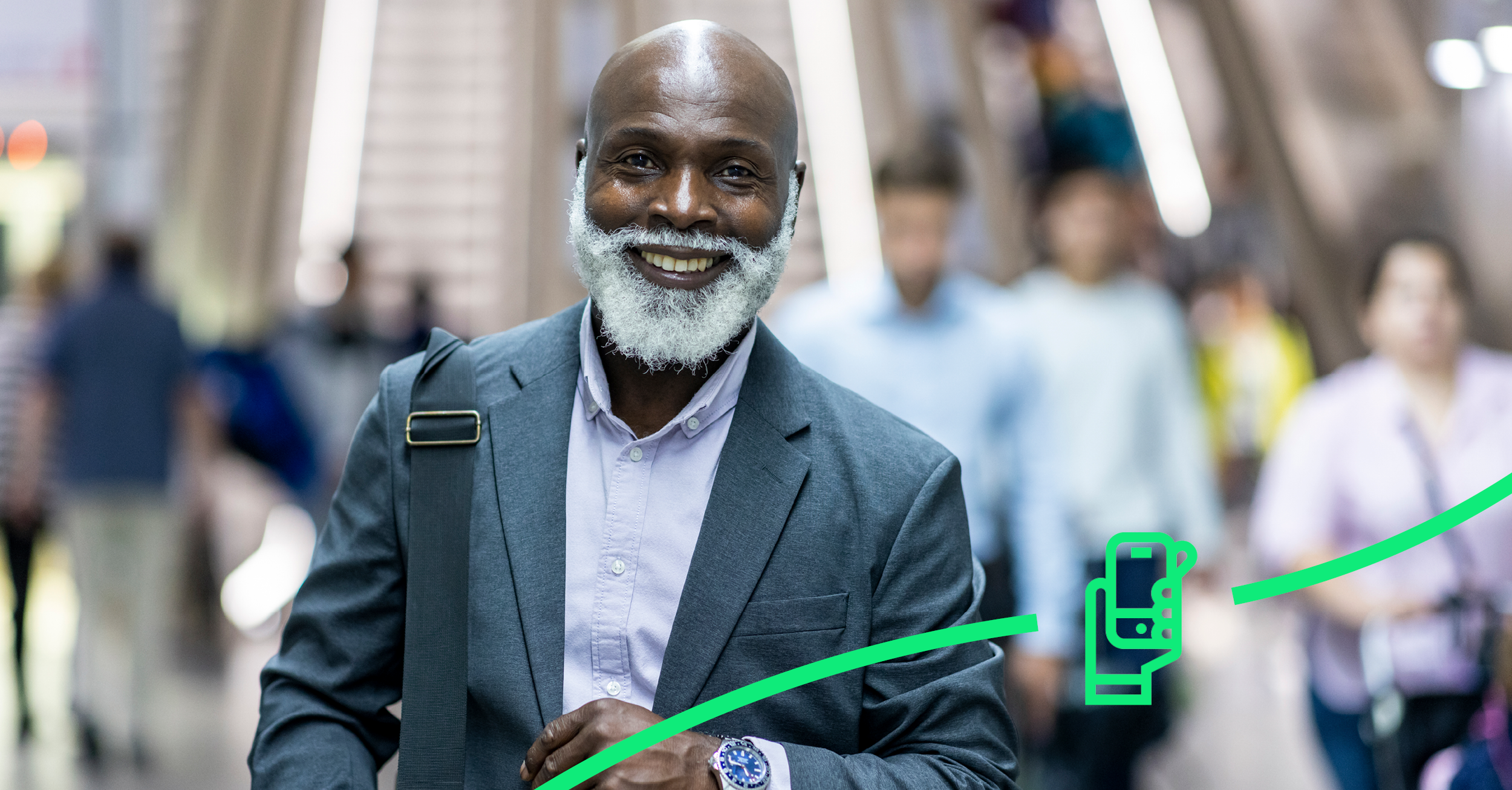In this episode of our “Let’s talk about Open Payment” series, we will explore the idea of a globally standardised travel experience. Is it just a vision for the future or already in use and on the rise?
In more and more cities and regions worldwide, passengers can easily use public transport with their contactless credit cards or mobile wallets. This feature is called open payment.
The number of transport companies that supplement conventional ticketing services with open payment is growing rapidly. With the additional feature, they meet new expectations of their customers and improve their riders’ experience to grow both ridership and revenues.
As more and more transport providers offer this new option, open payment is becoming a new standard in public transport – one that allows passengers to use and pay for public transport services all over the world using the same method. Seamlessly across fare zones, countries and transport modes, the new way is both simple and standardised. Whether on a bus in Germany, the metro in Canada or a train in the Netherlands, passengers just tap their credit card and ride. They are automatically billed according to their usage, and there is no need to search for tickets before starting the journey. While each transport company is focused on providing the best service for their customers, they are also contributing to the creation of a new, global travel experience.
Does this mean that open payment is THE solution for the future?
Open payment is ONE solution that makes public transport easier and offers passengers a convenient service. But every passenger has different requirements and preferences, and one service will never be equally suitable for all. Thankfully, it doesn’t have to be. The great advantage of modern fare management systems is that they integrate many different services and features. Transport companies do not have to decide whether to sell tickets at ticket vending machines, offer mobile ticketing via app or issue their own smart card. All conventional and digital ticketing and payment services can be integrated into one centralised system, so that every passenger may enjoy the services they need or prefer.






